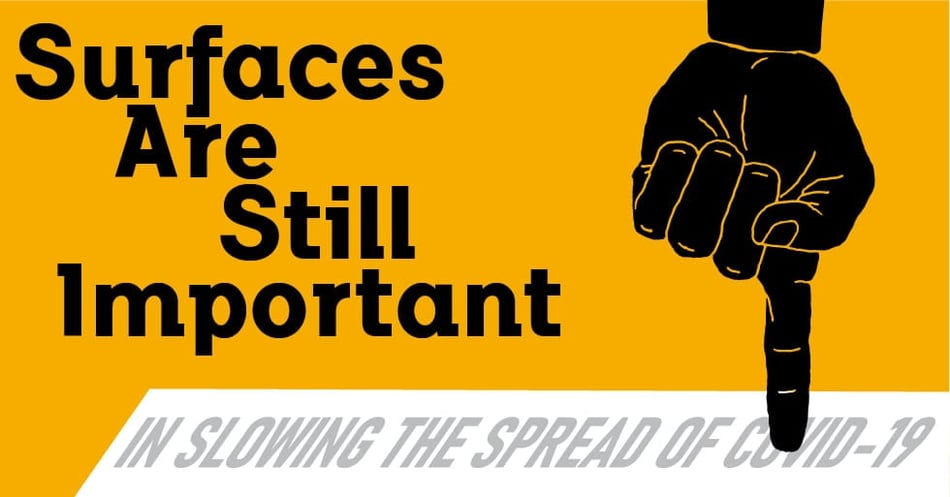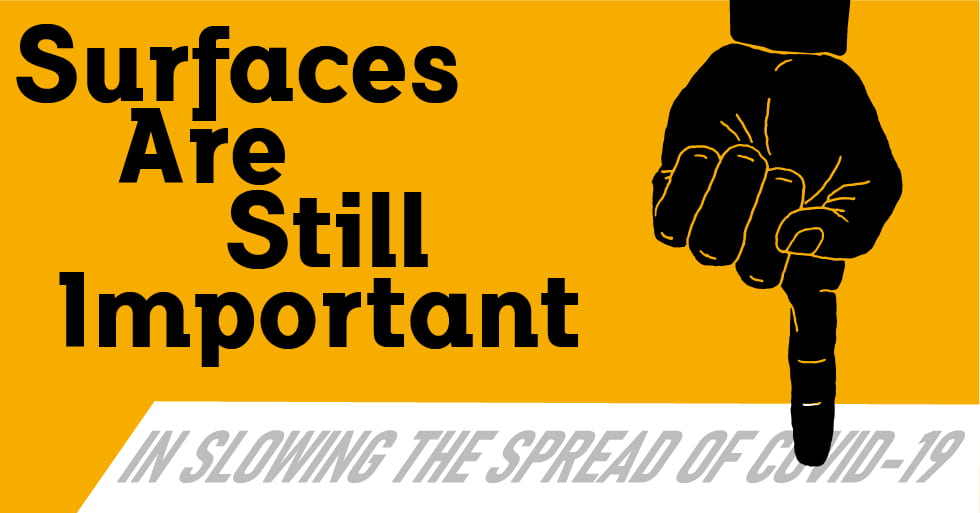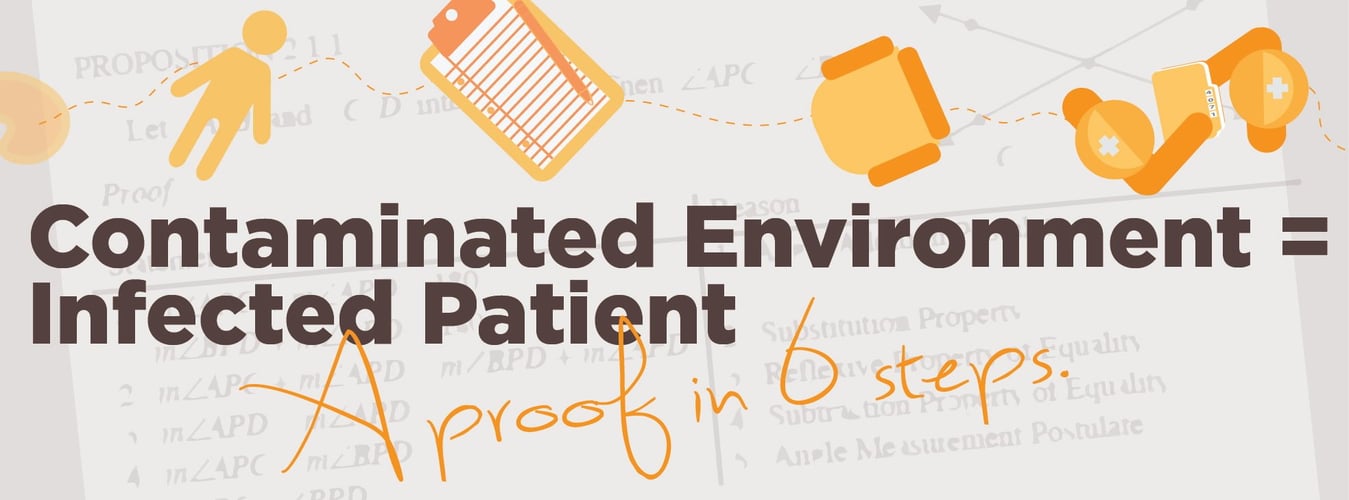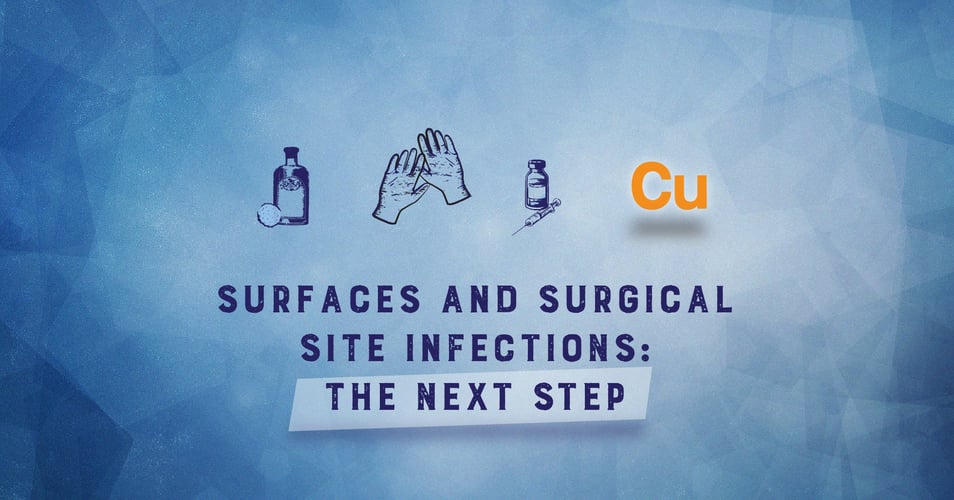Surfaces Are Still Important In Slowing COVID-19

 Recent headlines about the spread of the virus causing COVID-19 are misleading. They seem to imply that the CDC has reevaluated how important surfaces are in the spread of the virus. In reality, the CDC page getting so much attention has only rewritten a heading, leaving the actual advice regarding surfaces intact. The advice remains the same because the science remains the same. We'll explore this in today's post.
Recent headlines about the spread of the virus causing COVID-19 are misleading. They seem to imply that the CDC has reevaluated how important surfaces are in the spread of the virus. In reality, the CDC page getting so much attention has only rewritten a heading, leaving the actual advice regarding surfaces intact. The advice remains the same because the science remains the same. We'll explore this in today's post.
Dirty surfaces make people sick, and depending on the circumstances, they can play a very significant role in spreading a pathogen, including the COVID-19 virus.
The CDC and other health officials continue to remind us that person-to-person contact is still the primary mode of transmission: Breathing in aerosolized particles (they cough within close proximity to you). However, consider how much these situations increase the risk of transmission from a contaminated surface:
- A surface touched by thousands of people, leaving behind and picking up a high number of pathogens
- A pathogen that survives for a long time on a surface (and the COVID-19 virus survives on stainless steel and plastic for 72+ hours)
- People who don't wash their hands before touching their faces after touching public surfaces
- People who don't have immunity to the pathogen (and in this case, whether or not that immunity is even possible)
- How dangerous the virus is to certain people (more vulnerable populations such as the elderly or the immunocompromised)
In many public situations, all these situations line up to create an environment where surfaces play a significant role in the transmission of a pathogen, including the virus that causes COVID-19.
While the rewritten heading can be reassuring to the person worried about bringing COVID-19 home with them on a cereal box, surfaces remain a concern when it comes to shared spaces and high-touch surfaces.
As as the country reopens, the focus of many in the media and in leadership positions is to emphasize the safety of getting back to the business of life - leaving home, going shopping, eating out, and attending events. In some cases, this push to reassure people about their relative safety may obscure the reality that surfaces are still an important part of disease transmission.
So what does the CDC say (the stuff that stayed the same under the rewritten heading)? "It may be possible that a person can get COVID-19 by touching a surface or object that has the virus on it and then touching their own mouth, nose, or possibly their eyes. This is not thought to be the main way the virus spreads, but we are still learning more about this virus."
In other words, the main route of transmission is still person-to-person. That's how it spreads easiest, and that's why we have to maintain social distance. But it also can spread via surfaces, and that's why we wash our hands and disinfect surfaces. These are the three recommendations from the CDC: 1) Social distancing. 2) Wash hands. 3) Disinfect surfaces. Two out of three of them have to do with surfaces.
What it comes down to is this: You need exposure to enough virus particles to get infected. Most transmission is person to person, but contaminated surfaces still play a significant role.
While the intent of recent headlines is open to debate, it may be in an effort to encourage people to get out again. We cannot stay home forever. We do need to move forward and most people want to know how to do so, safely. And so, we need to read headlines with caution and balance information in the media with the knowledge and understanding provided in the science.
So what else can we do? We can protect ourselves as individuals. Collectively, as a society (as a city, as a company, as a hospital, as a public transit authority) we need to look towards putting interventions in place that continuously reduce the chances, the likelihood, of virus transmission. This means enforcing social distancing and masks, making it easy to wash hands, and disinfecting surfaces. And now, more than ever, we need to look at innovative technologies that can self-sanitize throughout the day, constantly reducing the opportunities for virus transmission.
![EOScu Logo - Dark - Outlined [07182023]-01](https://blog.eoscu.com/hubfs/Eoscu_June2024/Images/EOScu%20Logo%20-%20Dark%20-%20Outlined%20%5B07182023%5D-01.svg)




